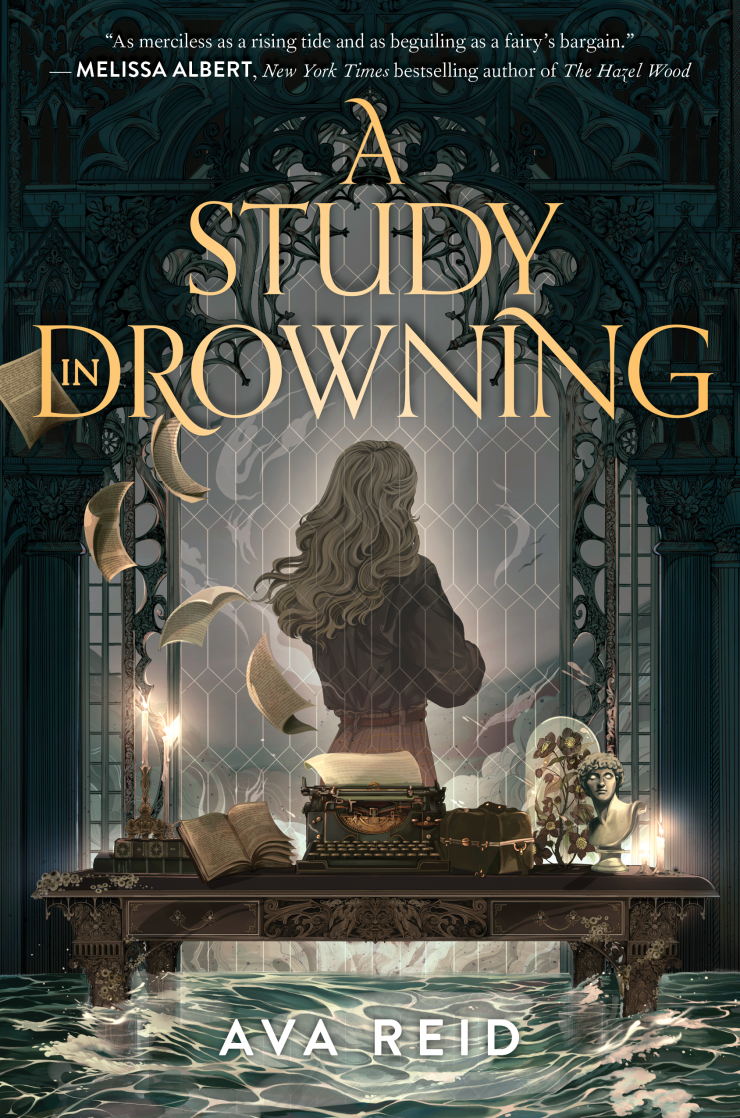On Sept. 22, New York Times bestselling author Ava Reid released her highly anticipated YA gothic fantasy standalone “A Study in Drowning.” This novel is a dark and perfect mix of folklore and gothic elements that is designed to draw you in with its mysterious premise and plot.
The story follows architecture college student Effy Sayre who is haunted by visions of the Fairy King. Since childhood, she has found comfort in her favorite book Angharad by Emrys Myrrddin which depicts the story of a mortal girl who falls in love with the Fairy King and then destroys him. When an opportunity comes up to enter a contest to redesign the late author’s house Effy jumps at the chance. However, upon her arrival at Hireath Manor, she discovers the crumbling state of the house and the impossible task she has been assigned.
Worse, she is not the only student staying at the manor with literature student Preston Héloury determined to prove that Emrys Myrrddin is a fraud. The two students eventually form a reluctant partnership to investigate the legacy of the famous author, but not everything is as it seems and it is up to the two of them to discover the truth.
“A Study In Drowning” was my first experience reading a gothic fantasy novel and it could not have been more of a perfect starter book for the genre. Going into the book I was worried that the juvenile language and plot often associated with young adult novels would be too unbearable or something I have far outgrown but the novel was a pleasant surprise into the complex storytelling and worldbuilding Reid created with her characters and narrative.
Perhaps the most enjoyable part of the novel was how Reid was able to incorporate an entirely new world within the world the reader is introduced to, not to mention her attention to detail in the mythology and folklore aspect of the book. One thing I applaud her for is addressing difficult themes that are still present in our society today, such as institutional sexism, men in power who abuse their power, and how women have been silenced and viewed less than in society.
If I had one criticism it would be the romance and character building. At times it felt as though Reid gave more attention to the worldbuilding than the depth of the character and it was evident which parts she focused more on. Some of the dialogue and interaction between the two protagonists felt forced and unnatural but in the end, everything came together seamlessly.
Overall, this is a great book to pick up to get into the mood of the autumn spooky spirit and it is a great combination of academia, gothic, and fantasy that will keep you on edge leaving you to second guess what is imagination and reality.


